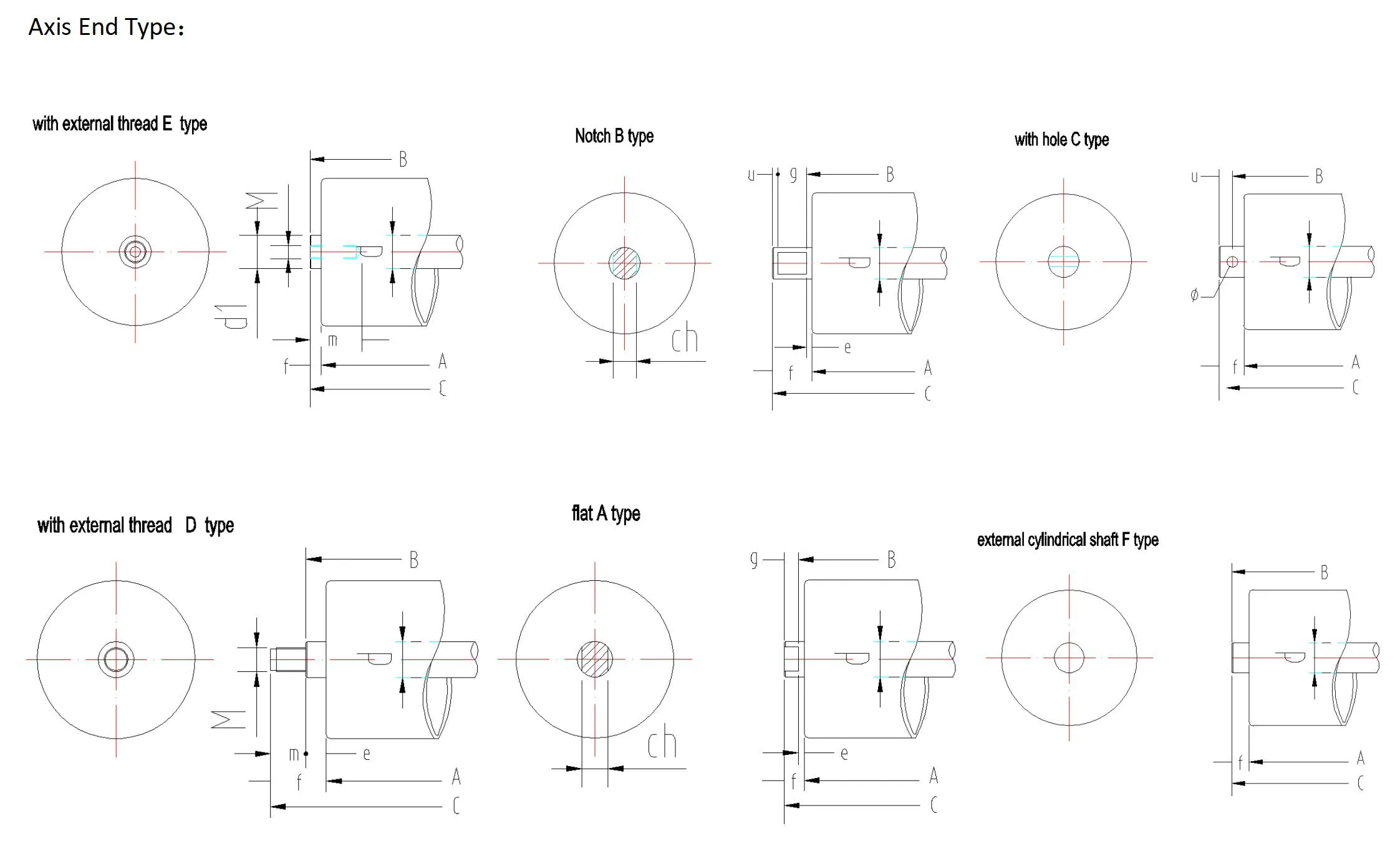 Afrikaans
Afrikaans  Albanian
Albanian  Amharic
Amharic  Arabic
Arabic  Armenian
Armenian  Azerbaijani
Azerbaijani  Basque
Basque  Belarusian
Belarusian  Bengali
Bengali  Bosnian
Bosnian  Bulgarian
Bulgarian  Catalan
Catalan  Cebuano
Cebuano  Corsican
Corsican  Croatian
Croatian  Czech
Czech  Danish
Danish  Dutch
Dutch  English
English  Esperanto
Esperanto  Estonian
Estonian  Finnish
Finnish  French
French  Frisian
Frisian  Galician
Galician  Georgian
Georgian  German
German  Greek
Greek  Gujarati
Gujarati  Haitian Creole
Haitian Creole  hausa
hausa  hawaiian
hawaiian  Hebrew
Hebrew  Hindi
Hindi  Miao
Miao  Hungarian
Hungarian  Icelandic
Icelandic  igbo
igbo  Indonesian
Indonesian  irish
irish  Italian
Italian  Japanese
Japanese  Javanese
Javanese  Kannada
Kannada  kazakh
kazakh  Khmer
Khmer  Rwandese
Rwandese  Korean
Korean  Kurdish
Kurdish  Kyrgyz
Kyrgyz  Lao
Lao  Latin
Latin  Latvian
Latvian  Lithuanian
Lithuanian  Luxembourgish
Luxembourgish  Macedonian
Macedonian  Malgashi
Malgashi  Malay
Malay  Malayalam
Malayalam  Maltese
Maltese  Maori
Maori  Marathi
Marathi  Mongolian
Mongolian  Myanmar
Myanmar  Nepali
Nepali  Norwegian
Norwegian  Norwegian
Norwegian  Occitan
Occitan  Pashto
Pashto  Persian
Persian  Polish
Polish  Portuguese
Portuguese  Punjabi
Punjabi  Romanian
Romanian  Russian
Russian  Samoan
Samoan  Scottish Gaelic
Scottish Gaelic  Serbian
Serbian  Sesotho
Sesotho  Shona
Shona  Sindhi
Sindhi  Sinhala
Sinhala  Slovak
Slovak  Slovenian
Slovenian  Somali
Somali  Spanish
Spanish  Sundanese
Sundanese  Swahili
Swahili  Swedish
Swedish  Tagalog
Tagalog  Tajik
Tajik  Tamil
Tamil  Tatar
Tatar  Telugu
Telugu  Thai
Thai  Turkish
Turkish  Turkmen
Turkmen  Ukrainian
Ukrainian  Urdu
Urdu  Uighur
Uighur  Uzbek
Uzbek  Vietnamese
Vietnamese  Welsh
Welsh  Bantu
Bantu  Yiddish
Yiddish  Yoruba
Yoruba  Zulu
Zulu Feb . 19, 2025 01:18
Back to list
types of pulleys in belt conveyor
In the dynamic world of material handling, belt conveyors stand as a pillar of ensuring smooth transit of goods, components, and materials within industries. At the heart of these conveyor systems are pulleys, which perform multiple functions from driving the belt to maintaining tension. Understanding their types can significantly impact the performance, efficiency, and reliability of your conveyor system. This article delves deep into the various types of pulleys used in belt conveyors, offering insights from industry experience and technical expertise.
6. Tension Pulleys Ensuring that the belt remains taut throughout its journey, tension pulleys play a pivotal role in conveyor efficiency. Proper tensioning not only prolongs the life of the system but also enhances the accuracy of material transport, mitigating risks of spillage or misalignment. 7. Specialty Pulleys In cutting-edge or niche applications, conveyors might use specialty pulleys such as self-cleaning pulleys, which prevent material build-up. These are particularly essential in industries like mining or agriculture where debris accumulation is common. The design and build quality of these pulleys can greatly influence the performance lifecycle and maintenance demands of your conveyor system. Advanced materials and engineering techniques are being deployed to manufacture these pulleys, from corrosion-resistant coatings in humid environments to reinforced materials capable of withstanding high-tension applications. When designing or upgrading a conveyor system, attention to pulley selection can improve operational efficiency and reduce costly downtimes. It’s prudent to consult with industry experts or partner with manufacturers who offer customizable solutions based on your unique conveyor design and application needs. With the evolution of technology, the conveyor pulley industry is embracing innovations such as smart monitoring systems, enabling predictive maintenance and operational intelligence. This integration allows for real-time data gathering and analysis, aligning with modern Industry 4.0 initiatives. In conclusion, pulleys are integral components that drive efficiency, reliability, and longevity in belt conveyor systems. By leveraging expertise and embracing innovations, industries can optimize their material handling processes, significantly boosting productivity and ensuring sustained operational success. Understanding the types of pulleys and their specific applications is essential for anyone involved in designing or managing conveyor systems.


6. Tension Pulleys Ensuring that the belt remains taut throughout its journey, tension pulleys play a pivotal role in conveyor efficiency. Proper tensioning not only prolongs the life of the system but also enhances the accuracy of material transport, mitigating risks of spillage or misalignment. 7. Specialty Pulleys In cutting-edge or niche applications, conveyors might use specialty pulleys such as self-cleaning pulleys, which prevent material build-up. These are particularly essential in industries like mining or agriculture where debris accumulation is common. The design and build quality of these pulleys can greatly influence the performance lifecycle and maintenance demands of your conveyor system. Advanced materials and engineering techniques are being deployed to manufacture these pulleys, from corrosion-resistant coatings in humid environments to reinforced materials capable of withstanding high-tension applications. When designing or upgrading a conveyor system, attention to pulley selection can improve operational efficiency and reduce costly downtimes. It’s prudent to consult with industry experts or partner with manufacturers who offer customizable solutions based on your unique conveyor design and application needs. With the evolution of technology, the conveyor pulley industry is embracing innovations such as smart monitoring systems, enabling predictive maintenance and operational intelligence. This integration allows for real-time data gathering and analysis, aligning with modern Industry 4.0 initiatives. In conclusion, pulleys are integral components that drive efficiency, reliability, and longevity in belt conveyor systems. By leveraging expertise and embracing innovations, industries can optimize their material handling processes, significantly boosting productivity and ensuring sustained operational success. Understanding the types of pulleys and their specific applications is essential for anyone involved in designing or managing conveyor systems.
Latest news
-
Revolutionizing Conveyor Reliability with Advanced Rubber Lagging PulleysNewsJul.22,2025
-
Powering Precision and Durability with Expert Manufacturers of Conveyor ComponentsNewsJul.22,2025
-
Optimizing Conveyor Systems with Advanced Conveyor AccessoriesNewsJul.22,2025
-
Maximize Conveyor Efficiency with Quality Conveyor Idler PulleysNewsJul.22,2025
-
Future-Proof Your Conveyor System with High-Performance Polyurethane RollerNewsJul.22,2025
-
Driving Efficiency Forward with Quality Idlers and RollersNewsJul.22,2025
OUR PRODUCTS





























